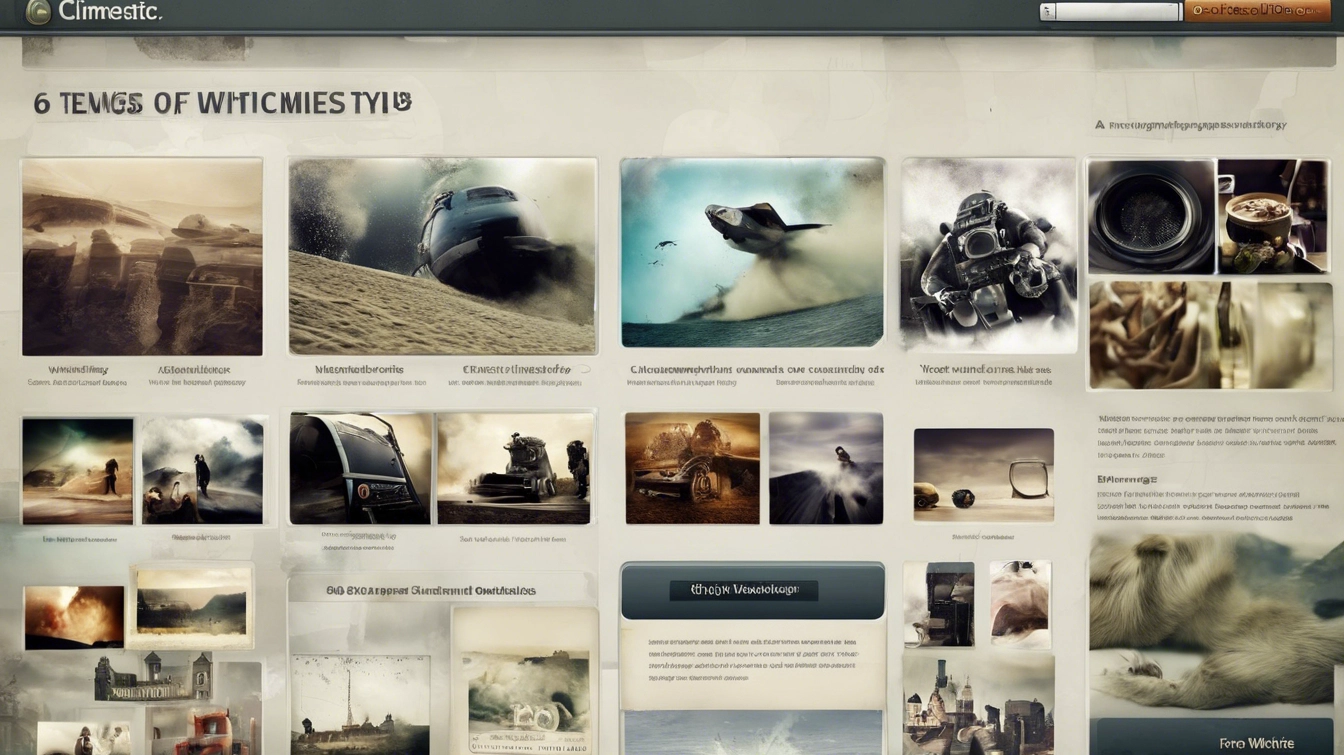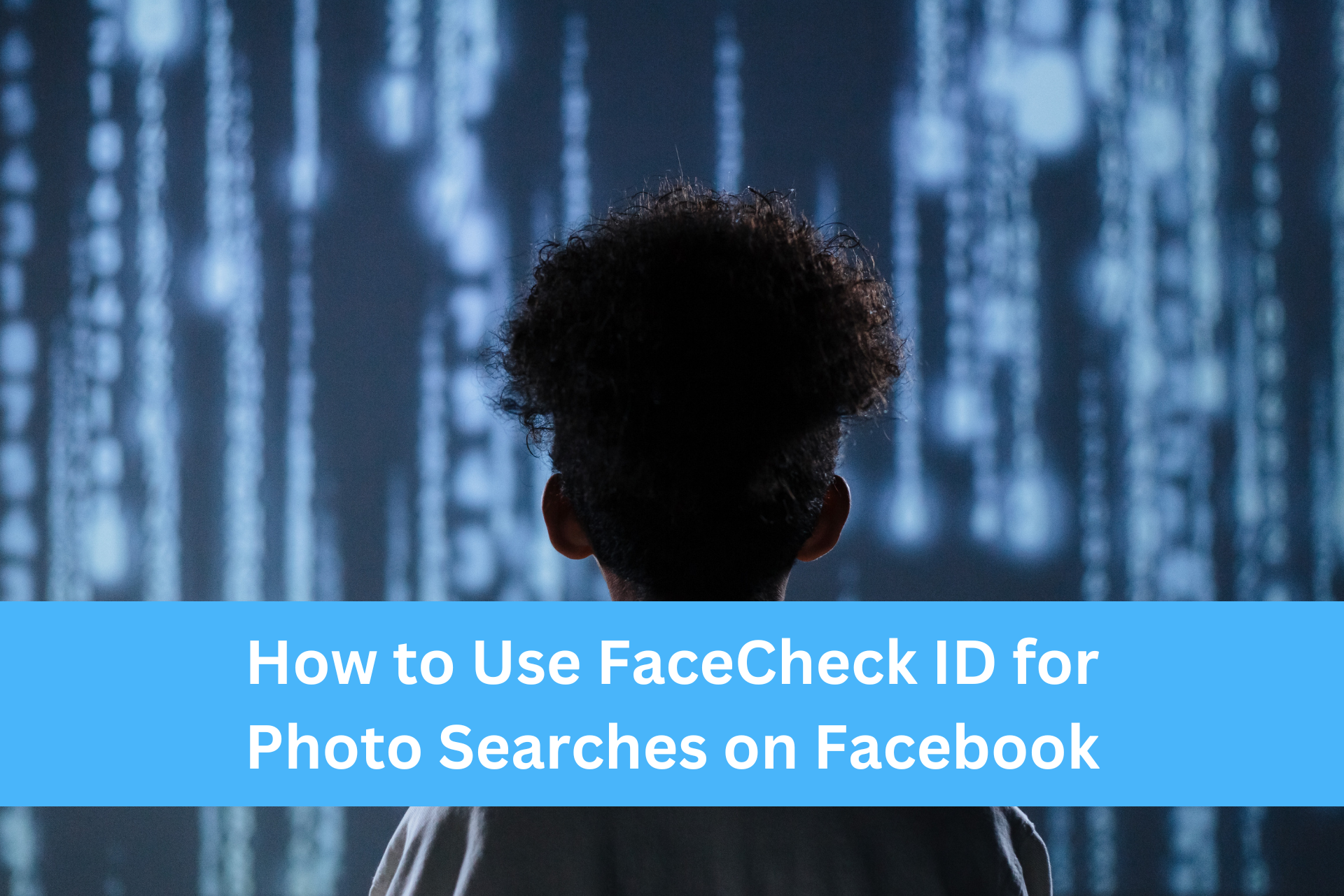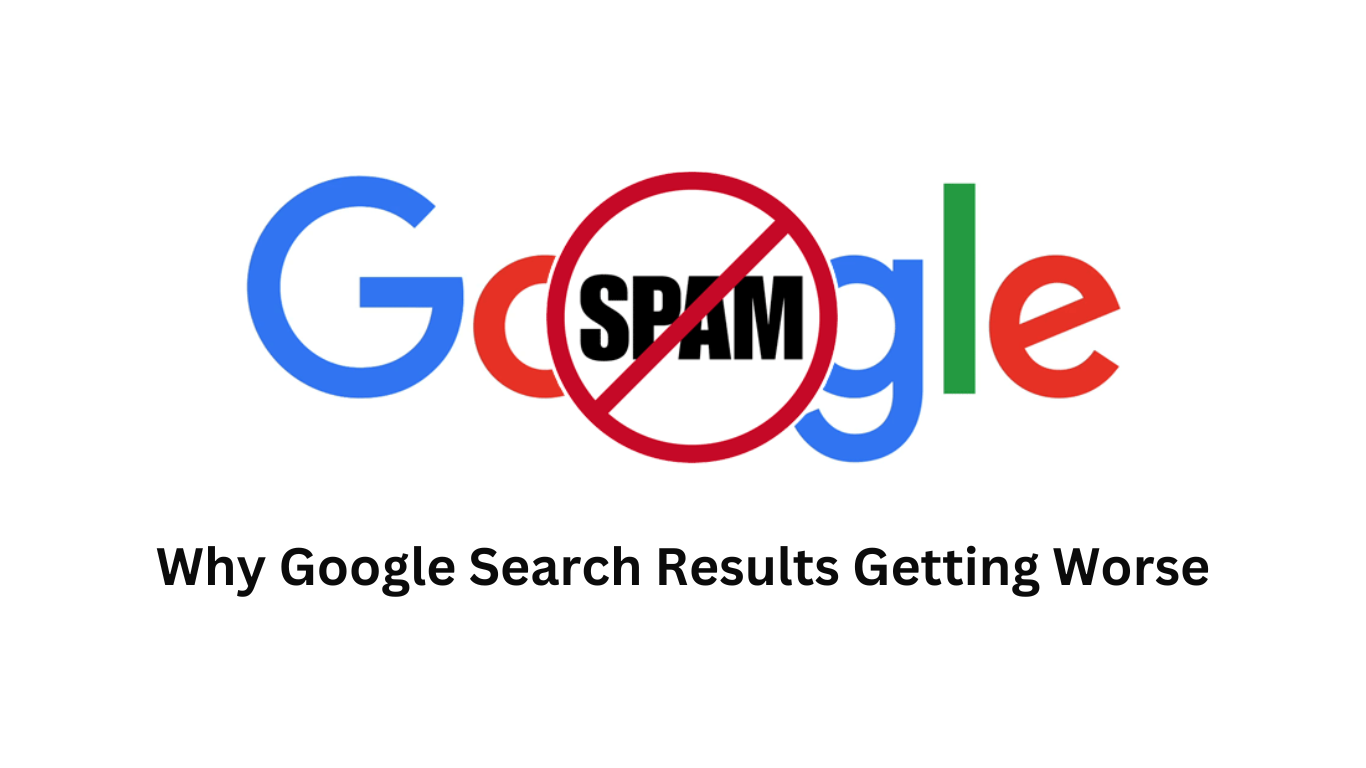The internet is a vast ocean of information, and websites are the islands that dot this digital landscape. Each website, built from interconnected web pages, serves a unique purpose. They can be your online storefront, a platform to share your expertise or a vibrant community hub.
But with so many website types available – business sites, blogs, portfolios, and more – navigating these options can feel overwhelming. Picking the wrong one can lead to wasted resources and missed opportunities.
Finding Your Perfect Website Match
This guide is your roadmap to choosing the ideal website type for your goals. Whether you’re a budding entrepreneur, a passionate blogger, or someone aiming to connect with like-minded individuals, this resource will help you identify the perfect website type for your success.
Here are the most common types of websites:
E-commerce
- Fashion Retail – Fashion retail websites offer a vast array of clothing, accessories, and footwear for all ages and styles. These platforms feature user-friendly interfaces, secure payment options, and detailed product descriptions to enhance the shopping experience.
- Electronics Store – Electronics stores specialize in gadgets, from smartphones to home appliances. They provide comprehensive product specifications, customer reviews, and comparison tools to help shoppers make informed decisions, ensuring they find the best technology to suit their needs.
- Handmade Crafts – Handmade crafts websites connect artisans with customers seeking unique, handmade items. These platforms often feature detailed product stories and customization options, allowing buyers to support small businesses and acquire one-of-a-kind pieces.
Blogs
- Travel Blog – Travel blogs share personal experiences, destination tips, and itineraries, inspiring readers to explore new places. They often include practical advice on accommodations, activities, and local cuisine, making trip planning easier.
- Food Blog – Food blogs offer a rich collection of recipes, restaurant reviews, and culinary tips. These platforms cater to food enthusiasts by providing step-by-step cooking instructions, ingredient substitutions, and dietary adjustments.
- Tech Blog – Tech blogs keep readers updated on the latest technological advancements and product reviews. They provide insights into new gadgets, software updates, and industry trends, helping tech enthusiasts stay informed.
Education
- Online Courses – Online course websites offer a range of educational content, from academic subjects to professional skills. These platforms provide structured lessons, interactive quizzes, and certificates, enabling learners to study at their own pace.
- Tutoring Services – Tutoring websites connect students with qualified tutors for personalized learning. They offer various subjects and grade levels, ensuring tailored support that addresses individual academic challenges and goals.
- Educational Resources – Educational resource websites provide teaching materials, such as worksheets and lesson plans, for educators and parents. These platforms offer a wealth of tools to enhance learning and support diverse educational needs.
Health & Wellness
- Fitness Training – Fitness training websites offer workout plans, video tutorials, and nutritional advice. These platforms cater to all fitness levels, providing personalized programs to help users achieve their health goals.
- Mental Health – Mental health websites provide resources and support for managing mental well-being. They offer articles, therapy options, and community forums, helping individuals find the help and information they need.
- Nutrition – Nutrition websites offer diet plans, healthy recipes, and nutritional advice. They help users make informed dietary choices, supporting a balanced lifestyle through expert tips and meal planning tools.
Entertainment
- Movie Reviews – Movie review websites provide critiques and ratings for the latest films. These platforms help movie enthusiasts decide what to watch by offering detailed analyses and viewer feedback.
- Music Streaming – Music streaming websites offer access to vast libraries of songs across genres. They provide personalized playlists, recommendations, and high-quality audio, enhancing the listening experience.
- Celebrity News – Celebrity news websites keep readers updated on the latest happenings in the world of entertainment. They offer exclusive interviews, gossip, and event coverage, satisfying fans’ curiosity about their favorite stars.
Technology
- Gadget Reviews – Gadget review websites offer in-depth analyses and ratings of the latest tech products. These platforms help consumers make informed purchasing decisions by providing detailed comparisons and expert opinions.
- Programming Tutorials – Programming tutorial websites offer coding lessons and project-based learning. They cater to all skill levels, from beginners to advanced developers, providing step-by-step guidance and resources.
- Tech News – Tech news websites provide the latest updates on technological advancements and industry trends. They keep readers informed about new products, software updates, and major tech events.
Finance
- Personal Finance – Personal finance websites offer tips on budgeting, saving, and investing. They provide tools and advice to help individuals manage their money effectively and achieve financial stability.
- Investing – Investing websites provide information on stocks, bonds, and other investment opportunities. They offer market analysis, investment strategies, and portfolio management tips for both novice and experienced investors.
- Cryptocurrency – Cryptocurrency websites offer news, analysis, and trading tips for digital currencies. They help users understand the market trends, risks, and opportunities in the evolving world of crypto assets.
Real Estate
- Property Listings – Property listing websites feature homes and apartments for sale or rent. They offer detailed descriptions, photos, and virtual tours, making it easier for buyers and renters to find their ideal property.
- Real Estate News – Real estate news websites provide updates on the housing market, trends, and investment opportunities. They offer expert analysis and forecasts, helping investors and homeowners make informed decisions.
- Home Improvement – Home improvement websites offer tips and guides for renovating and decorating. They provide DIY project ideas, product reviews, and expert advice to enhance home aesthetics and functionality.
Travel
- Travel Guides – Travel guide websites offer detailed information on destinations, itineraries, and local attractions. They help travelers plan their trips by providing insights and practical tips.
- Travel Booking – Travel booking websites allow users to book flights, hotels, and rental cars. They offer comparison tools, reviews, and exclusive deals, making travel planning more convenient and cost-effective.
- Travel Photography – Travel photography websites provide tips and galleries showcasing stunning travel photos. They inspire and educate photographers on capturing the beauty of different destinations.
Food & Drink
- Recipe Sites – Recipe websites offer a wide range of cooking and baking recipes. They provide step-by-step instructions, ingredient lists, and cooking tips, catering to all skill levels.
- Restaurant Reviews – Restaurant review websites offer critiques and ratings of local eateries. They help diners discover new places to eat by providing detailed reviews and user feedback.
- Foodie Blogs – Foodie blogs share gourmet food experiences and culinary adventures. They offer recipes, restaurant reviews, and food trends, appealing to culinary enthusiasts.
Sports
- Sports News – Sports news websites provide the latest updates on various sports events and teams. They offer scores, analyses, and highlights, keeping fans informed and engaged.
- Fantasy Sports – Fantasy sports websites allow users to create and manage fantasy teams. They provide stats, player rankings, and league management tools, enhancing the fantasy sports experience.
- Sports Equipment – Sports equipment websites offer reviews and sales of gear for various sports. They provide detailed product information and buying guides, helping athletes choose the best equipment.
Arts & Crafts
- DIY Projects – DIY project websites offer step-by-step guides for various crafts. They provide materials lists, tutorials, and tips, helping users create handmade items.
- Art Galleries – Art gallery websites showcase online exhibitions and sell artwork. They feature detailed descriptions and high-quality images, promoting artists and their creations.
- Craft Supplies – Craft supply websites sell materials for various arts and crafts projects. They offer a wide range of products, from fabrics to tools, catering to hobbyists and professionals.
Automotive
- Car Reviews – Car review websites provide in-depth analyses and ratings of the latest car models. They help consumers make informed purchasing decisions with detailed comparisons and expert opinions.
- Auto Repair – Auto repair websites offer tips and guides for car maintenance and repairs. They provide step-by-step instructions, troubleshooting tips, and product recommendations.
- Motorsports – Motorsports websites offer news and updates on racing events. They provide schedules, results, and driver profiles, keeping fans engaged with the latest in motorsports.
Pets
- Pet Adoption – Pet adoption websites list pets available for adoption from shelters and rescues. They provide detailed profiles and adoption guidelines, helping animals find loving homes.
- Pet Care – Pet care websites offer tips on caring for pets, from feeding to grooming. They provide expert advice and resources, ensuring pets receive the best care possible.
- Pet Products – Pet product websites review and sell supplies for pets, from food to toys. They offer detailed product information and customer reviews, helping pet owners make informed purchases.
Home & Garden
- Interior Design – Interior design websites offer home decor ideas and tips. They provide inspiration, product recommendations, and design trends to help homeowners create stylish living spaces.
- Gardening – Gardening websites offer advice and resources for growing plants. They provide tips on plant care, garden design, and pest control, catering to both novice and experienced gardeners.
- Home Renovation – Home renovation websites offer guides for improving and updating homes. They provide step-by-step instructions, project ideas, and product recommendations to enhance home functionality and aesthetics.
Fashion & Beauty
- Beauty Tips – Beauty websites offer skincare, makeup, and haircare advice. They provide tutorials, product reviews, and expert tips, helping users enhance their beauty routines.
- Fashion Trends – Fashion trend websites showcase the latest in clothing and accessories. They provide style tips, trend analyses, and fashion news, keeping users updated on current trends.
- Haircare – Haircare websites offer tips and tutorials for maintaining and styling hair. They provide product reviews, hairstyle ideas, and expert advice, catering to various hair types and needs.
Business
- Startups – Startup websites offer resources and advice for new businesses. They provide tips on funding, marketing, and growth strategies, supporting entrepreneurs in launching and scaling their ventures.
- Marketing – Marketing websites offer strategies and tips for effective digital marketing. They provide insights on SEO, social media, and content marketing, helping businesses improve their online presence and reach.
Medical
- General Health Information – General health websites provide resources on common health issues and wellness tips. They offer articles, videos, and tools to help users manage their health and make informed decisions.
- Medical News – Medical news websites offer the latest updates and research in medicine. They provide expert analyses, news on medical advancements, and information on health policies.
- Telemedicine – Telemedicine websites offer online consultations with healthcare professionals. They provide convenient access to medical advice and treatment, reducing the need for in-person visits.
- Specialist Clinics – Specialist clinic websites provide information on specialized medical treatments and services. They offer detailed descriptions, patient testimonials, and appointment booking options.
- Pharmaceuticals – Pharmaceutical websites provide information on medications and treatments. They offer drug descriptions, usage guidelines, and side effect information, helping patients understand their prescriptions.
- Medical Equipment – Medical equipment websites review and sell medical devices and supplies. They provide detailed product information, user reviews, and buying guides for healthcare professionals and patients.
- Healthcare Professionals – Healthcare professional websites offer resources and support for doctors, nurses, and other medical staff. They provide continuing education, job listings, and industry news.
- Medical Journals – Medical journal websites provide access to research papers and articles on various medical topics. They offer peer-reviewed studies and expert insights, supporting ongoing education and research.
- Patient Support Groups – Patient support group websites offer communities for individuals with specific health conditions. They provide forums, resources, and emotional support, helping patients connect with others facing similar challenges.
- Alternative Medicine – Alternative medicine websites provide information on non-conventional treatments and therapies. They offer articles, practitioner directories, and user experiences, catering to those seeking holistic health approaches.
Conclusion
Choosing the right type of website is crucial for meeting your specific needs and goals. Whether you want to sell products, share knowledge, or connect with a community, understanding the diverse range of websites available can guide you toward the most effective solution. By exploring the various niches and sub-niches, you can make informed decisions and create a successful online presence that resonates with your target audience.

The Search Engine Cage team is on a mission to educate entrepreneurs. We make things easier for the small business owner, by writing articles that help them to understand SEO and Digital Marketing.







